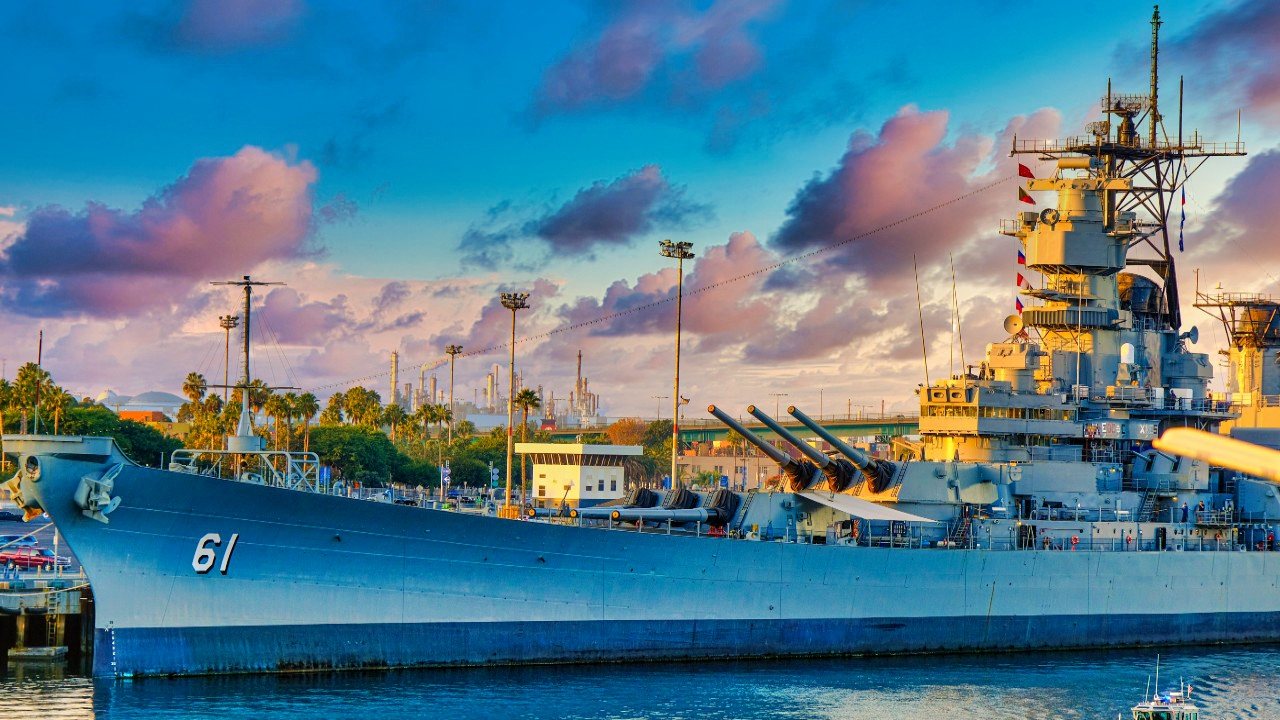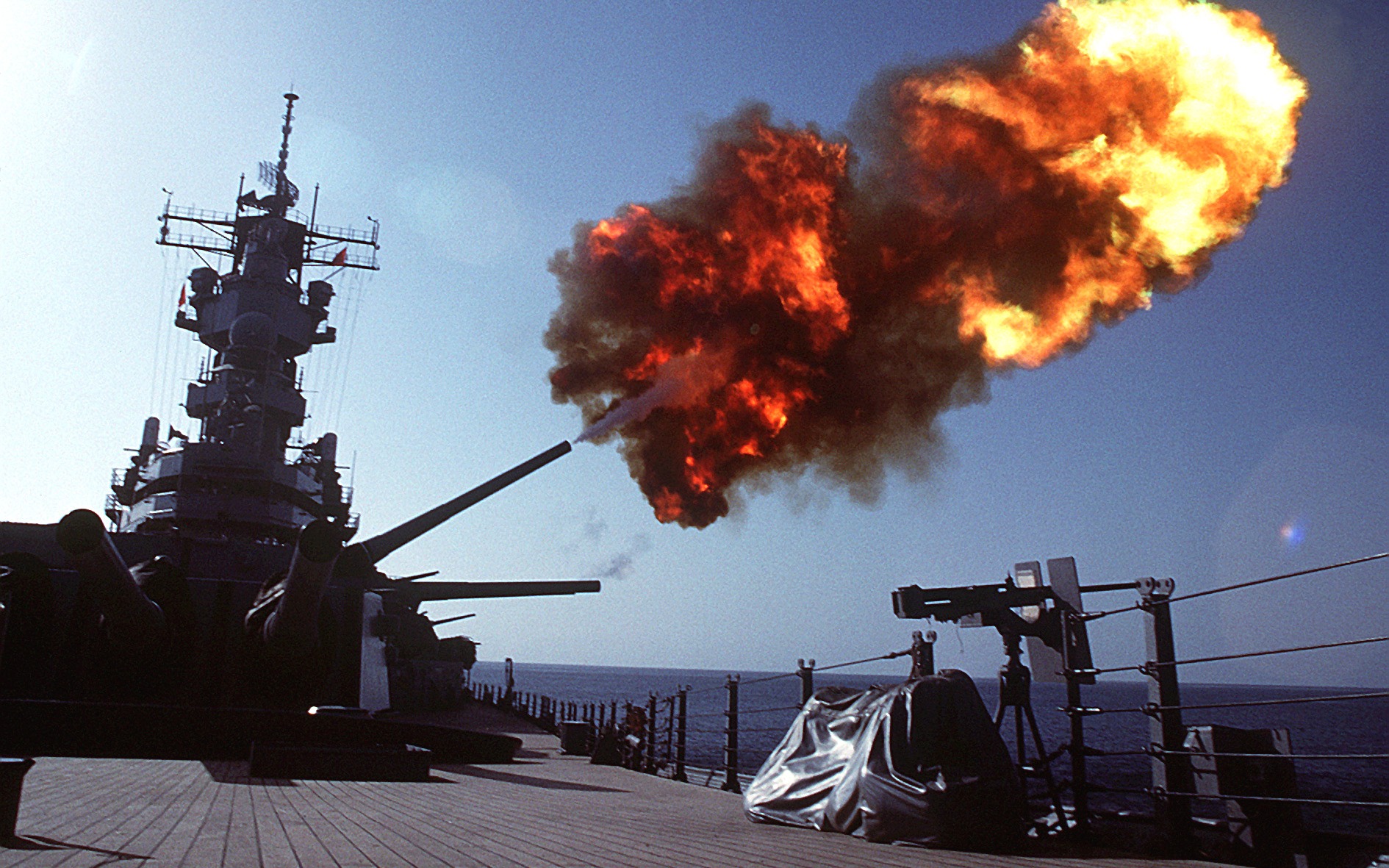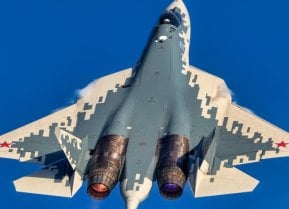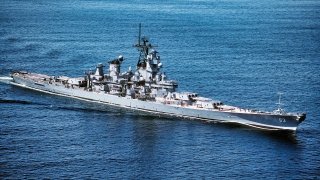USS Kentucky: The Iowa-Class Missile Battleship the Navy Almost Built
The USS Kentucky was meant to be the final Iowa-class battleship, but World War II shifted priorities. The Navy realized aircraft carriers were the future, prioritizing speed over heavy guns.
Summary: The USS Kentucky was meant to be the final Iowa-class battleship, but World War II shifted priorities. The Navy realized aircraft carriers were the future, prioritizing speed over heavy guns. Construction halted in 1942, leaving the Kentucky unfinished. Post-war proposals to turn her into a missile battleship were considered, but ultimately rejected. Instead, the Kentucky languished, her parts used to repair other ships.
The USS Kentucky Never Had a Chance
A final ship of the renowned Iowa-class battleships began construction, but was never finished, fading into obscurity rather than setting sail. The USS Kentucky (BB-66) would have been the final Iowa-class battleship. However, a mid-World War II realization – that speed needed to be prioritized over armament, in order to best the Japanese – caused the US Navy to abandon the Kentucky mid-build.
What Could Have Been
The Kentucky, which would have been the sixth and final Iowa-class battleship, was envisioned in 1935 -- and cleared for construction in 1938, after the Second Vinson Act (a $1 billion-plus allocation in response to the Japanese invasion of China) mandated a 20 percent increase in the strength of the US Navy.
Initially, the Kentucky would have been a Montana-class battleship (which was larger than the Iowa-class). But the passage of an emergency war building program in 1940 caused the Kentucky (and the preceding BB-65 Illinois) to be moved up and built as part of the ongoing Iowa-class construction.
Both the Illinois and the Kentucky were ordered on September 9th, 1940, and each were laid down in 1942. But by 1942, in reaction to aircraft carrier-driven victories at the Battle of the Coral Sea and the Battle of Midway, the US had already shifted its focus from the construction of battleships to the construction of aircraft carriers. The Navy prioritized the construction of the Essex-class carriers above all else, including the remaining Iowa-class battleships.
And because the Navy was being calibrated around the aircraft carrier, adjustments were made to the Iowa mid-build. Namely, the Navy accepted shortcomings in their armor in favor of additional speed – which would allow the battleship to keep pace with the Essex-class carriers, hence providing protection.
The Kentucky was expected to pack a serious punch. However, she would have been built around a main battery featuring nine 16 inch (406mm)/50 caliber Mark 7 guns, capable of firing 2,700 pound armor-piercing shells about 20 miles.
The Kentucky’s second battery would have featured twenty 5 inch (127mm)/38 caliber guns arranged in 10 turrets, capable of firing at targets up to 10 miles away. And given the new significance of air power, and the Japanese ability to target surface vessels with air power (including by kamikaze attack), the Kentucky was outfitted with Oerlikon 20 mm and Bofors 40 mm anti-aircraft guns to ward of airstrikes.
Never Completed Iowa-Class 'Missile' Battleship
Of course, the Kentucky was never completed – in part because her construction earned such a low priority from Navy builders who favored the Essex-class aircraft carriers.
After the war ended, and the Navy had 73 percent of an Iowa-class battleship on hand, proposals were aired to convert the Kentucky from a gun ship into a “guided missile battleship,” to leverage the emergence of rapidly developing missile technology.

The proposal aimed to install the RIM-2 Terrier surface-to-air missile aft of Kentucky’s deckhouse along with the AN/APG-55 Pule Doppler interception radar and the AN/SPS-2B air search radar.
Other proposals called for the installation of the SSM-N-9 Regulus or SSM-N-2 Triton nuclear cruise missiles.

All of the guided missile proposals were eventually cancelled, however. Instead, the Kentucky was mothballed and her parts were cannibalized to repair or construct other ships.
About the Author: Harrison Kass
Harrison Kass is a defense and national security writer with over 1,000 total pieces on issues involving global affairs. An attorney, pilot, guitarist, and minor pro hockey player, Harrison joined the US Air Force as a Pilot Trainee but was medically discharged. Harrison holds a BA from Lake Forest College, a JD from the University of Oregon, and an MA from New York University. Harrison listens to Dokken.


